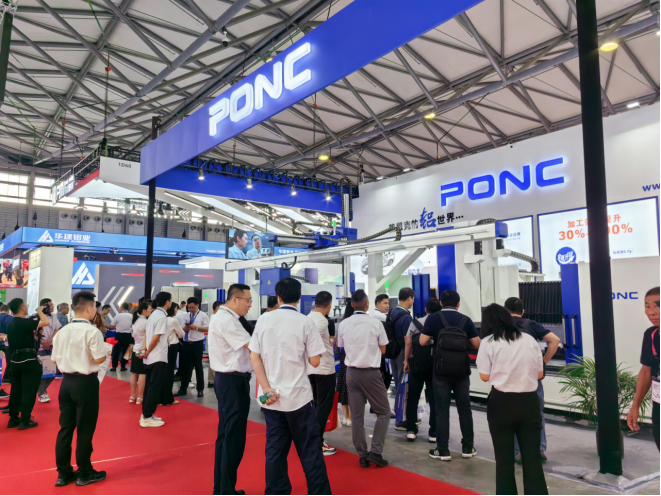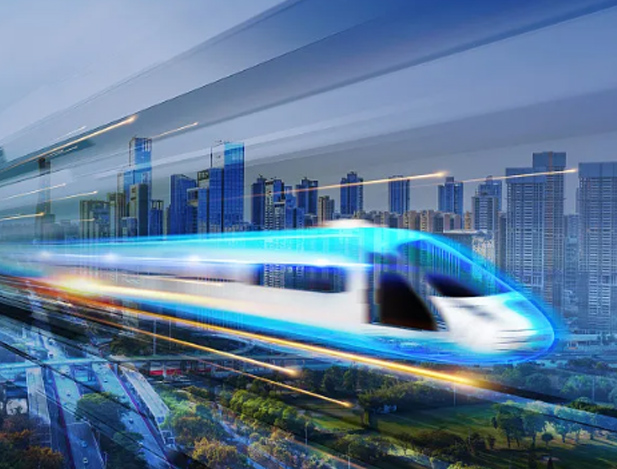Forming process and application status of aluminum alloy subframe for automobiles
August 14, 2024
In recent years, with the rapid development of the automotive industry, the application of aluminum alloy materials in automotive manufacturing has become increasingly widespread. The forming process and application status of aluminum alloy subframe for automobiles have become a hot topic in the industry. Aluminum alloy subframe has gradually replaced traditional steel due to its advantages of light weight, high strength, and strong corrosion resistance, becoming an important component of automotive lightweight design. This article will delve into the forming and processing technology of aluminum alloy subframe and its current application status, providing readers with a comprehensive understanding of this field as a reference.
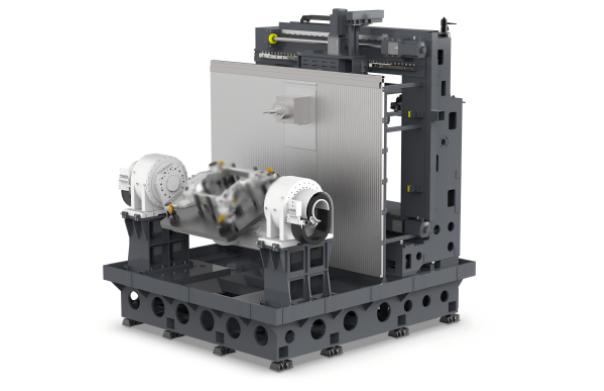
Forming process of aluminum alloy subframe
The forming process of aluminum alloy subframe mainly includes several methods such as casting, hydraulic, stamping, and steel aluminum connection. Different manufacturing methods have varying impacts on the performance, quality, and cost of the subframe.
Casting forming process: This is a process of filling the mold cavity with aluminum alloy melt under high pressure, suitable for producing parts with dense structure, high mechanical properties, and precise dimensions. The material of die cast aluminum alloy subframe is usually Al Si alloy, such as Al-Si11, Al-Si7-Mg0.3, etc. Its tensile strength can reach 270N/mm2 or more. This process is widely used in automobile production.
Hydraulic forming process: This is a plastic processing technology that uses liquid as a force transmission medium to shape workpieces through molds. Hydraulic forming can reduce the number of parts and production processes, lower production costs, and improve the stiffness and strength of parts. Aluminum alloy materials have high potential for application in hydraulic forming.
Stamping forming+extrusion forming+welding process: This process combines stamping, extrusion, and welding techniques and is suitable for producing complex aluminum alloy sub frames. This process can produce structurally complex parts that meet the different performance requirements of various parts of the subframe.
Casting forming+extrusion/stamping forming+welding process: This process combines casting, extrusion, and welding to produce aluminum alloy subframe. This comprehensive process can produce a subframe that meets specific performance requirements.
Steel aluminum connection: This is a technology that connects steel and aluminum alloy for the production of sub frames. This connection method can combine the strength of steel and the lightweight advantages of aluminum alloy to improve the overall performance of the car.
Processing technology of aluminum alloy subframe
For automotive aluminum alloy sub frames, Puenke CNC mainly uses PW series models for processing:
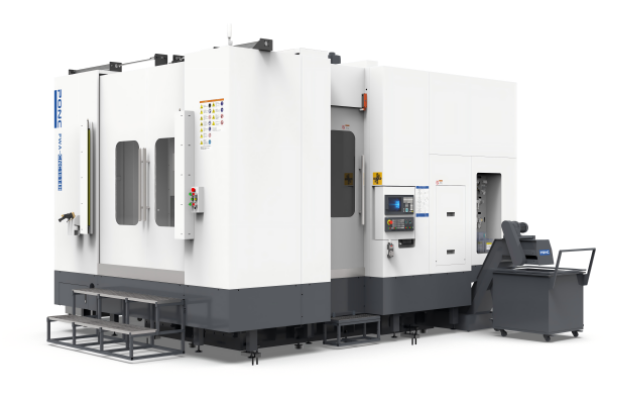
Horizontal machining center PWA-CNC1514H
·Equipped with automatic robotic arms to achieve automated processing of the entire line, saving labor and achieving high processing efficiency.
·Use A100/BT50 high torque spindle to achieve rough and fine machining of the front and rear sub frames.
·Adopting B and C rear direct drive rotary table, 3+2 axis one-time clamping processing with multiple features
·Dual station design, one device completes all processing features of the subframe.
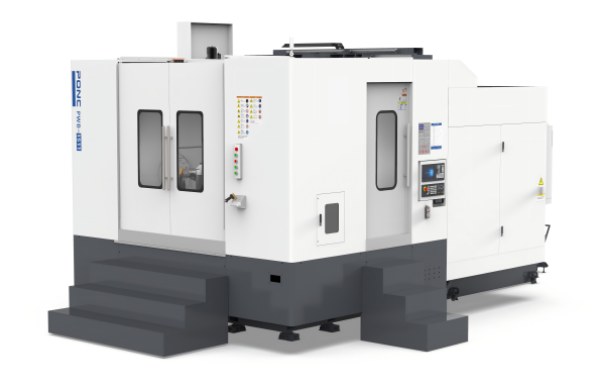
Horizontal machining center PWB-CNC1511
·Fully direct drive A/C five axis cradle turntable, capable of completing multi-faceted machining of workpieces in one clamping operation;
·240Nm high torque electric spindle, with a maximum speed of 10000rpm;
·Widely used in the manufacturing of mechanical equipment such as automobiles, aerospace, machine tools, and sub frames, a single clamping can complete various processes such as milling, boring, drilling, reaming, and tapping;
·We can customize different specifications of models according to customer requirements.
Application status of aluminum alloy subframe
At present, aluminum alloy subframe has been widely used in passenger cars, commercial vehicles, and high-performance sports cars:
Passenger cars: In the mid to high end passenger car market, the application of aluminum alloy subframe is becoming increasingly popular. Luxury brands represented by Audi, BMW, and Mercedes Benz have adopted aluminum alloy subframe to enhance vehicle handling and fuel economy. Data shows that using aluminum alloy subframe can reduce vehicle weight by 10% -20%, thereby lowering fuel consumption and carbon dioxide emissions.
Commercial vehicles: In the field of commercial vehicles, aluminum alloy sub frames are gradually gaining favor. Lightweight is the trend in the development of commercial vehicles, and aluminum alloy subframe can not only reduce the weight of the vehicle, but also improve the load capacity and transportation efficiency. According to relevant research, aluminum alloy subframe can reduce the weight of the frame by 40% -50% while maintaining the same strength.
High performance sports cars: High performance sports cars have extremely high requirements for lightweight body and structural strength. Aluminum alloy subframe has become the preferred choice for many supercars due to its excellent performance. For example, sports cars from brands such as Ferrari and Porsche use aluminum alloy sub frames to enhance the vehicle's dynamic response and handling performance.
Development prospects of aluminum alloy subframe
With the continuous advancement of the trend towards lightweighting in automobiles, the application prospects of aluminum alloy subframe are very broad. With the continuous advancement of aluminum alloy materials and forming processes, the future aluminum alloy subframe will be lighter, stronger, and the cost will be further reduced.
Against the backdrop of the rapid development of new energy vehicles, the demand for aluminum alloy subframe is also constantly increasing. New energy vehicles have stricter requirements for body weight, and aluminum alloy sub frames can significantly improve the vehicle's range and battery utilization efficiency. With the increasingly strict environmental regulations, aluminum alloy, as a recyclable material, will play a greater role in automobile manufacturing.
The forming and processing technology and application status of aluminum alloy subframe for automobiles show its important position and broad prospects in the automotive industry. In the future, with the continuous advancement of technology, aluminum alloy subframe will be applied in more fields, making greater contributions to achieving the goals of automotive lightweighting and environmental protection.
If you have any questions about the manufacturing process of automotive components such as sub frames or their applications in automobiles, please feel free to consult Puenke CNC machining center. We will provide you with professional answers and services.
24-hour service hotline: 0757-8739 0077 or access:https://www.poncnc.com
